Treating drug or alcohol addiction can be a challenge, particularly when the substance use disorder has been in place for a long time, and has built up considerable dependency. In order to effectively treat the addiction and the substance use disorder, the treatment needs to address the root cause of the addiction and substance use. Sometimes, however, this isn’t as straightforward as it may seem, even to trained clinicians and therapists.
One of the biggest complicating factors in any addiction treatment is something called dual diagnosis. We’re going to look at just what dual diagnosis is, and what it means for overall mental health.
What Does Dual Diagnosis Mean In Mental Health?
When someone hears about dual diagnosis, the first question often is “what does dual diagnosis mean?” This is a common question, and the answer may be deceptively simple.
Dual diagnosis is when an individual has been diagnosed with a substance use disorder or alcohol use disorder, as well as one or more additional mental disorders. Dual diagnosis is also referred to as having co-occurring disorders, or even simply co-morbidity.
Why Are Addiction & Mental Disorders Often Encountered Together?
It is true that drug and alcohol addiction often occurs in conjunction with other mental disorders, but correlation does not equal causation. Even in cases where one occurred first, and the other followed, it doesn’t mean that one caused the other. This can only be determined on an individual basis after extensive evaluation.
One of the first reasons they are thought to be relatively commensurate in their prevalence is that many of the risk factors that lead to addiction can also create an environment for mental illness to develop or worsen. This can include internal factors like genetics, or external factors like stress or trauma.
Another reason is that mental disorders probably contribute to drug and alcohol addiction. This is because a large section of the population living with undiagnosed or untreated mental illness is highly likely to engage in self-medication. The changes in the brain structure of the mentally ill may also be more suitable for fostering addiction.
One final reason that they may be found together so often, is that drug and alcohol use and addiction have been known to contribute to the development or worsening of mental disorders. The physical changes drugs and alcohol create in the brain may also make mental disorders more likely to develop.
What Are Common Dual Diagnosis Treatment Programs?
When entering into a treatment program with a dual diagnosis track, the options for treatment will be largely the same as for addiction treatment. The difference is that the personalized treatment program for an individual with dual diagnosis may incorporate more psychotherapy and an equally-significant focus on mental health issues alongside the addiction issues.
The most common treatments will include:
- Inpatient Programs: Inpatient programs will be the most intensive and structured method for getting treatment. In an inpatient program, the patient lives at the treatment center anywhere from 30 up to 90 days or longer in some cases.
- Outpatient Programs: Outpatient programs are the more convenient type of treatment since they allow the patient to live independently, while still commuting to the facility one or more times each week for therapy and other treatments.
Partner With The Area’s Leading Dual Diagnosis Treatment Center
If you or someone you know is struggling with an addiction, there is an incredibly strong chance that there will also be some form of additional undiagnosed or untreated mental disorder as well. The best way to make sure you get the right treatment for your needs is to work with a local expert like Capo Canyon. Reach out today to discuss your treatment needs.












